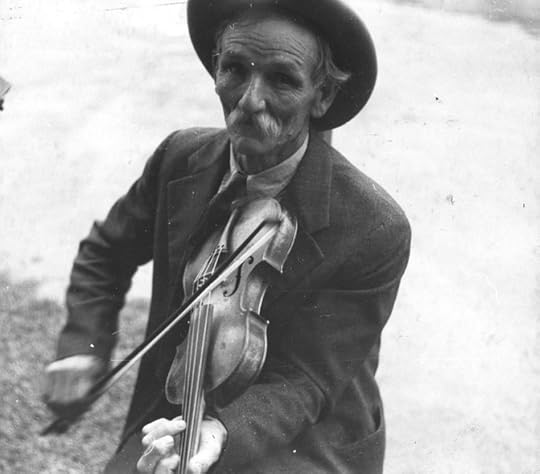Ten fun facts about the Irish Fiddle
Even though the harp is Ireland’s national symbol, the fiddle is the most commonly played instrument in traditional Irish music. Its ornamental melodies are more relaxed than the classical violin and improvisation is encouraged. The fiddle has survived generational changes from its start as a low-class instrument popular among the poor. Now, the Irish fiddle is playing an instrumental role in preserving traditional Irish music and culture.
Fiddles have been in existence as far back as the Middles Ages but the modern fiddle did not gain popularity in traditional Irish Music until around the 17th century. The violin and the fiddle are the exact same instrument. Some will argue that while a violin is a fiddle, not every fiddle is a violin. Old-fashioned musicians prefer the word ‘fiddle’ instead of ‘violin’ to differentiate their music and their style of playing from other music. The word “fiddle” is a colloquial term used in traditional or folk music references. The fiddle is called fidil or veidhlín in modern Irish. The fiddle thrived among rural populations in Ireland due to its low-cost, low maintenance and how easy it is to learn. Fiddlin Bill Henseley, Mountain Fiddler, Asheville, North Carolina by Ben Shahn, 1937. Library of Congress. Public Domain via Wikimedia Commons. The body of a fiddle is made of about seventy wooden components and the bow is wound with horse hair. The Irish Famine of 1845-1851 caused thousands of Irish natives to immigrate to the United States. At this time, many Irish musicians sought employment in minstrel and vaudeville shows to make decent money as fiddlers. There are many styles of Irish fiddle music that vary from county to county; Donegal, Sligo, Galway, Clare, Kerry and Cork to name a few. Generally, most fiddlers play upbeat music you can dance to. Sligo-style fiddler, Michael Coleman, popularized the fiddle in the 1920s with his commercial recordings of lively melodies and bouncy rhythms. Outside of traditional Irish dance music, the fiddle can be heard in New England’s country dance, western swing and upbeat bluegrass music in the upper South.
Fiddlin Bill Henseley, Mountain Fiddler, Asheville, North Carolina by Ben Shahn, 1937. Library of Congress. Public Domain via Wikimedia Commons. The body of a fiddle is made of about seventy wooden components and the bow is wound with horse hair. The Irish Famine of 1845-1851 caused thousands of Irish natives to immigrate to the United States. At this time, many Irish musicians sought employment in minstrel and vaudeville shows to make decent money as fiddlers. There are many styles of Irish fiddle music that vary from county to county; Donegal, Sligo, Galway, Clare, Kerry and Cork to name a few. Generally, most fiddlers play upbeat music you can dance to. Sligo-style fiddler, Michael Coleman, popularized the fiddle in the 1920s with his commercial recordings of lively melodies and bouncy rhythms. Outside of traditional Irish dance music, the fiddle can be heard in New England’s country dance, western swing and upbeat bluegrass music in the upper South. Headline image credit: Violin. CC0 via Pixabay.
The post Ten fun facts about the Irish Fiddle appeared first on OUPblog.

Published on March 12, 2015 03:30
No comments have been added yet.
Oxford University Press's Blog
- Oxford University Press's profile
- 238 followers
Oxford University Press isn't a Goodreads Author
(yet),
but they
do have a blog,
so here are some recent posts imported from
their feed.



